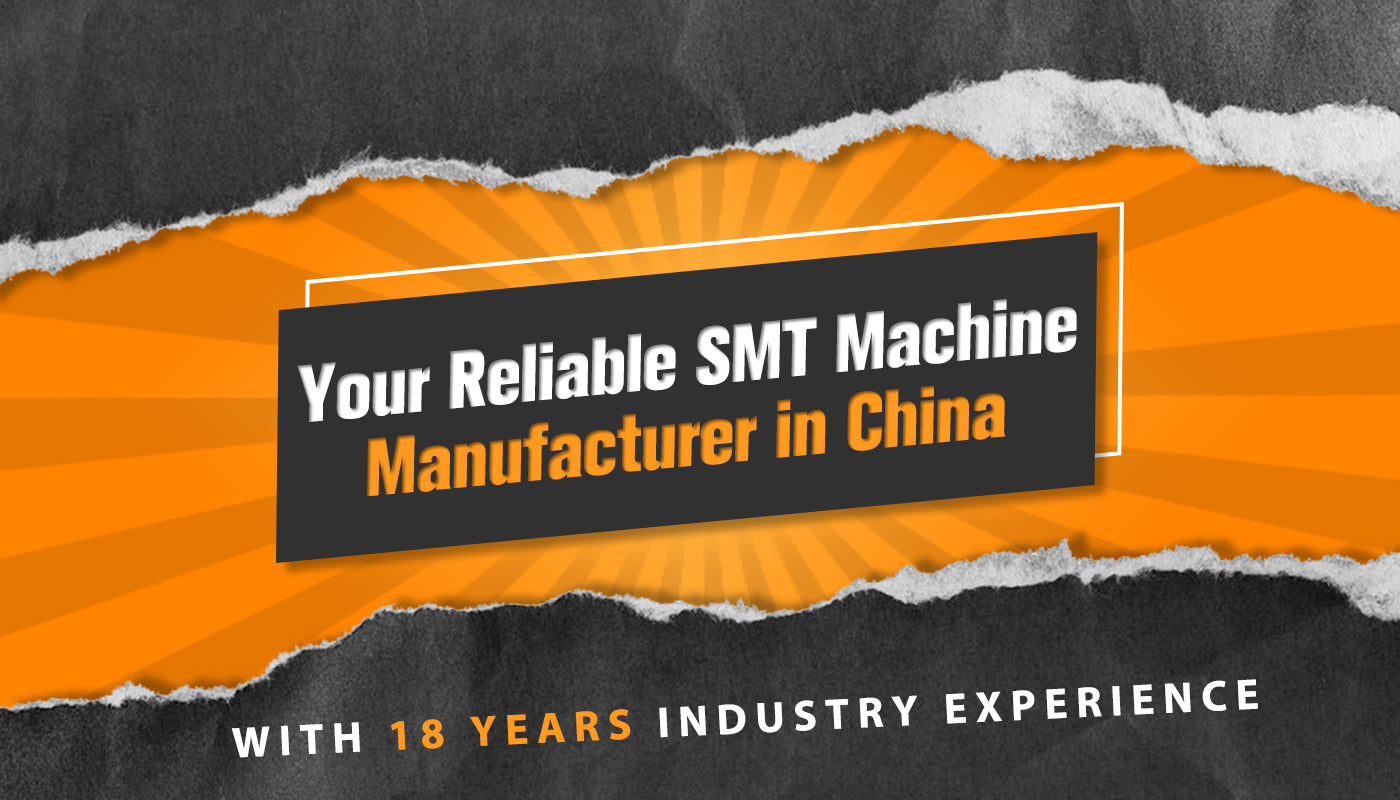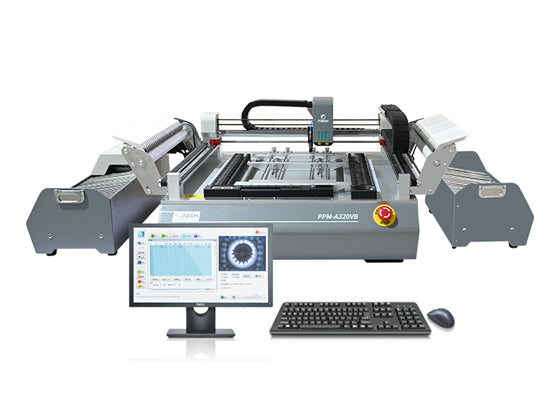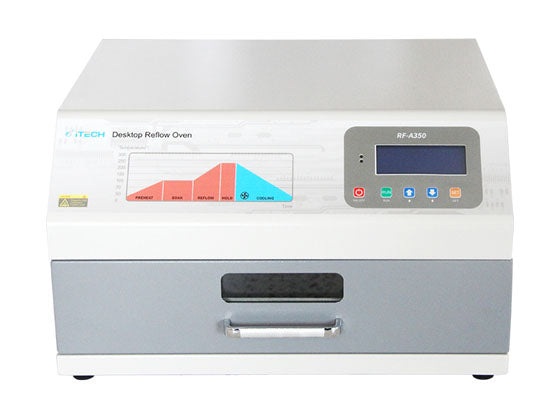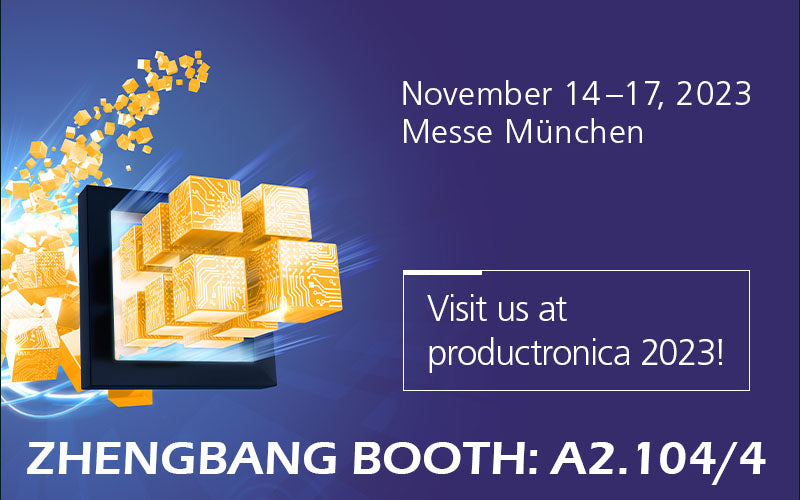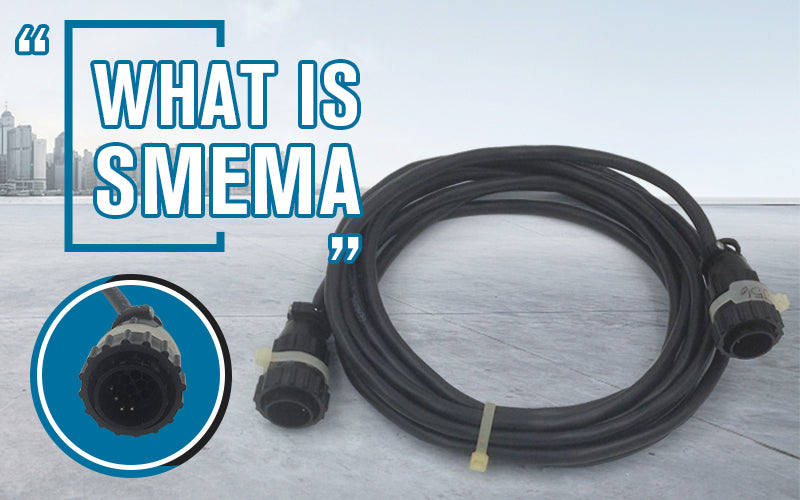Hot air reflow ovens are popular in the electronics manufacturing industry due to several reasons:
-
Surface Mount Technology (SMT) Dominance: Surface mount technology has become the primary method for electronic component placement on printed circuit boards (PCBs). SMT components require solder paste to be melted to form reliable electrical connections. Hot air reflow ovens provide an efficient and precise method for solder paste reflow, making them essential in SMT assembly processes.
-
Lead-Free Soldering: The shift towards lead-free soldering in many regions, driven by environmental and regulatory concerns, has increased the demand for hot air reflow ovens. Lead-free solder pastes typically have higher melting temperatures than traditional lead-based solder pastes. Hot air reflow ovens are capable of reaching and maintaining the elevated temperatures required for lead-free soldering processes.
-
Controlled Heating Profiles: Hot air reflow ovens offer precise control over the heating profile during the reflow process. The temperature ramp-up, soak, and cooling phases can be carefully controlled to meet the specific requirements of different solder pastes and component packages. This control ensures proper solder joint formation, minimizing defects such as solder bridging or insufficient soldering.
-
Automation and Throughput: Hot air reflow ovens can be integrated into automated SMT assembly lines, allowing for high-volume production with consistent and repeatable results. These ovens can handle multiple PCBs simultaneously and offer fast processing times, contributing to improved production efficiency and throughput.
-
Compatibility with Various PCB Sizes: Hot air reflow ovens are versatile and can accommodate PCBs of different sizes, from small prototypes to large panels. This flexibility makes them suitable for a wide range of applications and industries, including consumer electronics, automotive, aerospace, and medical devices.
-
Enhanced Thermal Profiling: Modern hot air reflow ovens often feature advanced thermal profiling capabilities. They allow manufacturers to monitor and fine-tune the temperature profiles in real-time, ensuring optimal soldering results and minimizing the risk of thermal stress or damage to sensitive components.
-
Reflow Profiles Optimization: Hot air reflow ovens enable the optimization of reflow profiles for specific PCB designs, component types, and solder pastes. This optimization helps achieve consistent and high-quality solder joints, reducing the likelihood of defects and enhancing overall product reliability.
-
Energy Efficiency: Manufacturers are increasingly focused on energy efficiency and sustainability. Hot air reflow ovens have seen advancements in energy-saving features, insulation, and process optimization techniques, leading to reduced energy consumption and environmental impact.
Overall, the popularity of hot air reflow ovens stems from their ability to deliver precise and reliable soldering results, compatibility with lead-free processes, automation capabilities, and flexibility to accommodate various PCB sizes. These factors make them a crucial component in modern electronics manufacturing, meeting the demands of high-quality and high-volume production.
